This article originally appeared on VICE Bazil.
There’s an important triad encapsulating Brazilian filmmaker and photographer João Wainer’s career: The movie Pixo (2009), the emergence of the outlet TV Folha in 2011, and his photos of the now-demolished penitentiary in São Paulo commonly known as Carandiru, which was once the largest prison in Latin America.
Shortly after Wainer stepped inside Carandiru for the first time in 1998, he was taken to the Amarelão (or “the yellow”), the area where prisoners who had gotten death threats and been too afraid to step out were kept. The environment was suffocating, unhealthy. “I remember that even my lenses got blurry because of all the heat in that place,” he said.
In Brazil, Carandiru is perhaps best known as the site of the massacre on October 2, 1992, in which a massive fight broke out, resulting in the deaths of 111 inmates; the penitentiary’s demolition, on December 8, 2002, was also a major event. But Wainer’s memory is filled with other recollections, such as a fashion show in which transgender inmates took to the runway and received standing ovations. Or the day that ended with prisoners threatening to start a riot. “I never felt any kind of fear in there. Never,” he affirmed.
Videos by VICE
VICE chatted with Wainer about the time he spent in Carandiru.
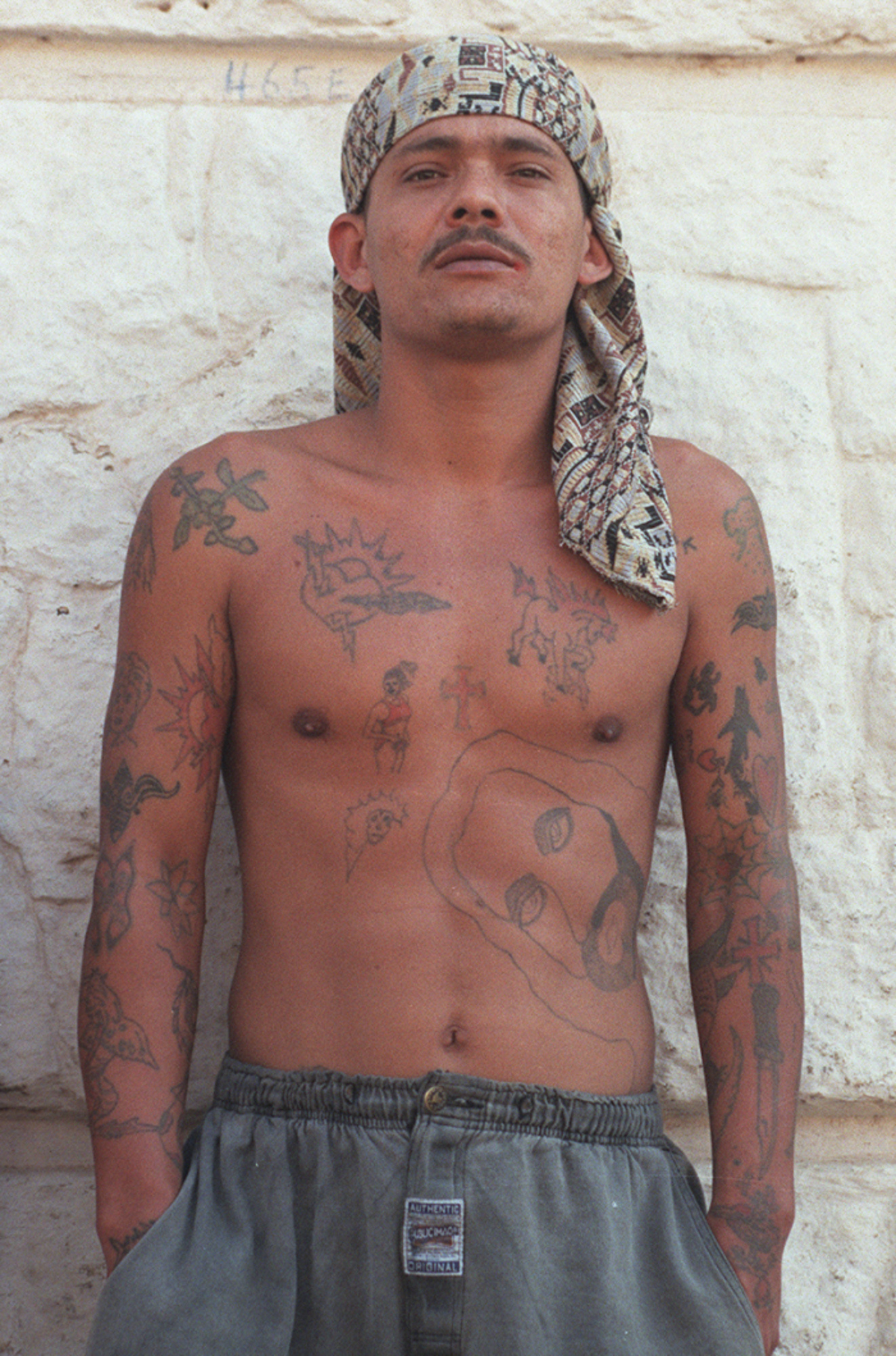
VICE: Do you remember exactly when you first stepped inside Carandiru? When was it?
João Wainer: I do. I went there in 1998 with the Folha de S. Paulo, [a daily newspaper in Brazil]. I walked in with a reporter, and we went to see the Amarelão. I had no idea I would be spending so much time there.
What were your impressions during that first day?
It was very scary, especially because on the very first day we went to one of the scariest parts of the prison. I remember one of the staff members decided to play a joke on us. We got there, and the smell was awful. I remember my lenses got blurry because of all of the heat in that place. And the inmates don’t ever see the sun, don’t ever leave. So, this staff member opened the door and said: “Hey guys, if any of you want to go down, go ahead. It’s all good.” Obviously, nobody moved. He just laughed.
The Amarelão was also where the men who had gotten into serious fights stayed. People who felt seriously threatened would request to go there. If I am not mistaken, it was the fourth floor of the fifth Pavilion—Pavilion Five was the safe one. There were trans inmates there, too. But on the fourth floor, nobody ever saw the sun.

When did you take pictures in Carandiru?
I was there from 1998 to 2002—when it was demolished. Right after the first time I went there I met [the actress] Sophia Bisilliat and we partnered with [journalist] André Caramante and [photographer] Maureen Bisilliat. We started to work more systematically. I would go there twice, three times a week.
I was just about to ask you that. Did you have the idea for your book Aqui Dentro [“Here Inside”] (2002) during your first visits?
When it started, it wasn’t like that. Sophia was working on a project there called “Imprisoned Talents,” in which she’d generally provide art lessons for the inmates. From that project came 509-E [a rap group]—and many other cool things happened. She got the label. It was just Sophia and me. Then, two years later, André and Maureen joined us and they were already focused on the book.

I read that you guys walked around the prison without supervision.
I used to get into work at Folha at 4:00 AM. I would head to Carandiru around 8:00 AM and leave at 3:00 PM. I’d have a quick bite in between and stay at work till midnight. I would do that about three times a week. Sophia got a lot of respect in there, which also opened a lot of doors. We managed to get credentials that would allow us to go right in. We didn’t need to have supervision or anything like that. For a period of time, we had a lot of freedom there.
“If you kept thinking about what each person did to get in there, you wouldn’t be able to have one decent conversation.”
What kind of relationships did you have with the inmates? Were they ever hostile?
No. My relationships with them were always good. I went there with Sophia, who was known as someone who worked on a project to help the general prison population. So, the fact that I went there with her made them see me from another perspective. She had worked in prisons for many years. And I think the key to surviving amidst all of that—to live, get to talk and have a good relationship with the inmates—was the fact that we didn’t judge. We let go of judgment altogether. We’re not the police, lawyers, prosecutors, or anything like that. I wasn’t there to judge but to try to understand that place, the suffering of the people, and to see what went on. When you really try to get rid of all judgment, everything becomes easier. If you kept thinking about what each person did to get in there, you wouldn’t be able to have one decent conversation.
You’re fucked if you do that.
You’re fucked. I’ve tried not to judge throughout my entire life. If I wanted to judge someone, I’d become a judge or some shit like that.

Was there a particularly grueling day that made you feel afraid?
Man, one time we were inside and saw the beginning of a riot. They had thrown a party and wanted to pass out food baskets, but the managers didn’t allow [it]. Then, the prisoners started to get rebellious. Everyone went out to the courtyard, there was a meeting among all the leaders. They asked us to stay inside and expected the prison to just turn over. It almost happened. But at the end of the day, they decided not to do anything.
If something had happened, do you think that you would have been protected or not?
We would have had total protection because everything that we did was sorted out beforehand with the prisoners and the management. So, I never felt any kind of fear in there. Never.
What do you mean by “management”?
The staff. We had a deal with the members of the staff and with the prison leaders too. I felt very safe there. Everything was straight up. No joking around. Just real talk. I learned a lot in there. I never shared this story before, but one of the biggest lessons I learned was there, with Mr. Valdemar. He worked for the prison and got pretty close to us when we worked with the trans population. We even organized a fashion show there, which was incredible. Then I found out there was a post-op transgender person there, which became the biggest secret.

Wait, really?
She had gotten surgery in Morocco and never updated the documents she had back when she identified as a man. So, she got arrested with her old documents and taken into a men’s prison, and nobody ever checked to see if she had gone through the operation. I freaked out over that whole story and decided to cover it. I started to interview her and just talk to her. Then, Mr. Valdemar got really mad at me. He asked: “What was our deal? Did you tell me that you would work on the story or not?” I told him our deal was that I wouldn’t cover it. He then asked me why I would work on the story before coming to him. He scolded me forever and explained to me that in prison there’s no such thing as making a deal with somebody then doing something else. You must do as you said. If I really wanted to cover her story, I would have to talk to him about it first instead of acting the way I did.

I decided to give up on that altogether. I could’ve done it, but then I would never be able to go back there. And that was right in the beginning, too. I decided to let that one go because of my relationship with Mr. Valdemar, which ended up leading to a whole book—without that single story. It was a pretty fucked up lesson that I learned. And that’s for life. [Brazilian journalist] Caco Barcellos told me once: “If I plan to cover something that will fuck up a person’s life, I will approach that person and say, ‘This is going to fuck up your life.’ Even if you do what you planned, that person will respect you forever because you came clean.” I see a lot of journalists who make shit up, who say they will do one thing but end up doing another. I learned a lot when it comes to that.

What kind of relationship did you have with the leaders of the [prison gang terrorist group ‘Primeiro Comando da Capital’ or ‘First Command of the Capital’] ‘PCC’?
Actually, when we started our work there, PCC didn’t have that much power. After some time, they came in and we had to start negotiating again. Since we got there before they did, they had heard about us and knew that we weren’t bad, but it was pretty nerve-wracking trying to deal with them. We weren’t able to work for a few months until we got their endorsement. But after that, things became even more relaxed than they were before.
There was one interesting situation. We had already gotten that endorsement and one day I took pictures all throughout Pavilion Eight—[but] then one of the guys didn’t let me take photos of one of the levels. As I was leaving, the big boss asked me if everything had gone well and I mentioned that one guy didn’t let me take pictures in one area, but that it wasn’t a big deal. The big boss freaked out, told someone to get the guy, yelled at him in front of me and even asked the guy to become my assistant. “Now, you will be giving him a hand. Anything he wants, you will do,” the big boss told the guy. That guy became my friend later on. [Laughs]
The pictures of the prison cells are pretty shocking. Too many men, clothes, plastic bags, and barely any beds or space.
Those were probably transitional cells. Nobody stayed there too long. When a person went to a regular cell, he would get a little mattress. But the transitional cell was garbage, man. It was scary. But they are not as scary as the police stations that I went to a few times. I worked on a piece about overcrowding in the state of Espírito Santo once and that was the most shocking prison I have ever seen in my life. Nothing about Carandiru came close. Those guys would have to layer up to go to sleep, holding onto the bars.

Got it. I was talking about a specific picture, featuring a TV and a soda bottle as the base of an antenna.
That was definitely a transitional cell.
You mentioned the smell. Is there a smell that reminds you of Carandiru?
Yes. There were too many men together. Astonishingly, Carandiru was very clean. They always praised themselves for how clean they kept it. Imagine 8,000 men living together. I remember a certain steam, too—a steam that could be felt whenever you approached a slightly busier area. The distinct scent of Pine-Sol they used for cleaning. The scent of all of the food cuttings. Because the food would arrive there rotten and they would say they had to work on the cuttings before cooking everything over again. They got rotten food. Of course, prisoners can’t complain. So, all the food that was supposed to be tossed was sent there. The residents washed everything and cooked everything, using seasonings that their families brought, which they used to trade inside too.
Do you remember the equipment you used at that time?
Film equipment. I had a Nikon F4 and Fuji film 800 ASA.

There’s a picture of a guy typing letters on a typewriter. Who was that?
That was [a] triage person for the letters. Essentially the mailman. He got the letters and delivered them to the people inside.
Was he an inmate?
He was an inmate who took care of distributing letters there.
Were the trans inmates put in separate cells? How was your relationship with them?
They were viewed as the scum of the earth. Nobody really cared about them. The first time they ever got a standing ovation was when we organized a fashion show. The prisoners stood up to applaud.
Check out more photos by João Wainer below, and follow him on Instagram.



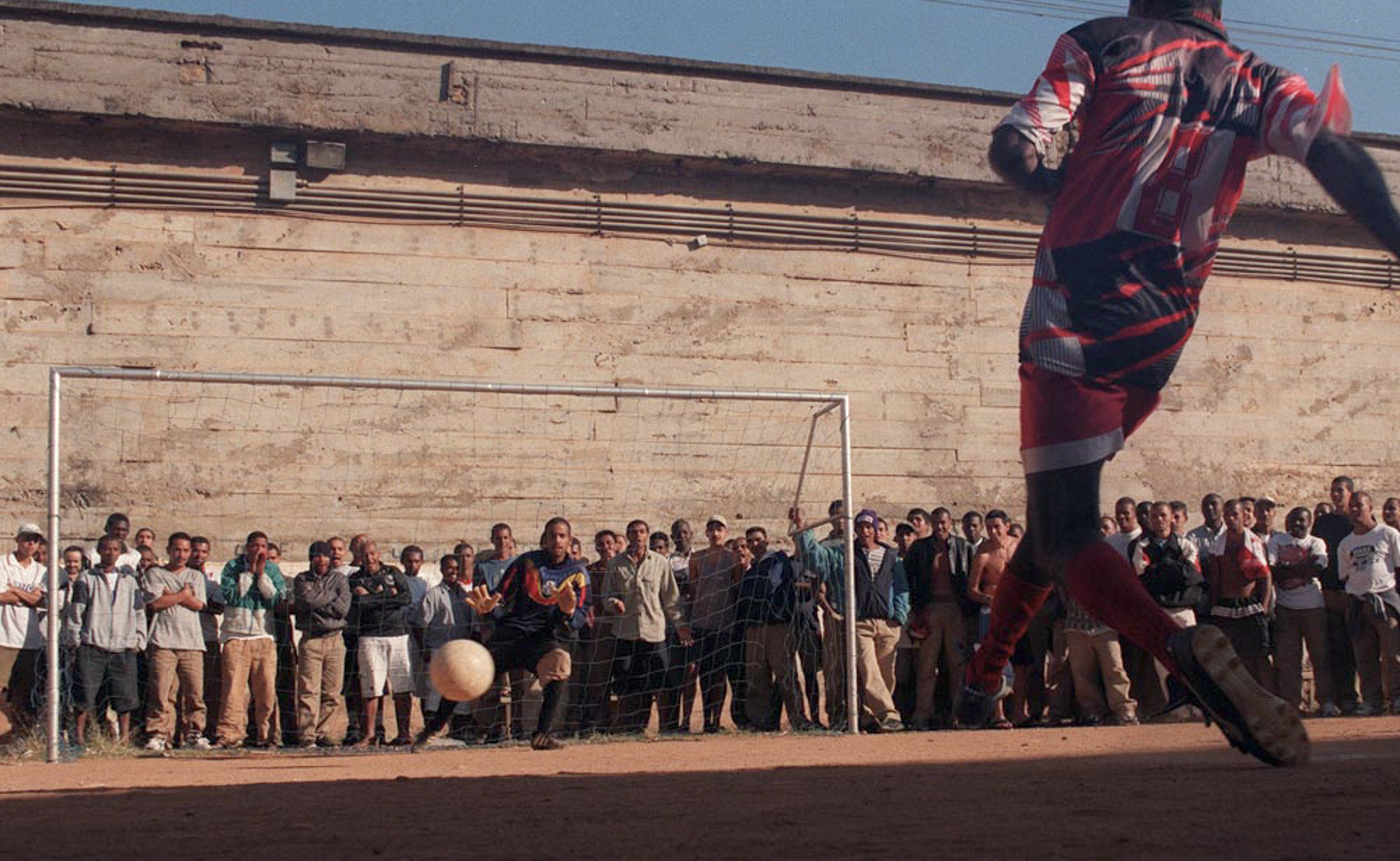
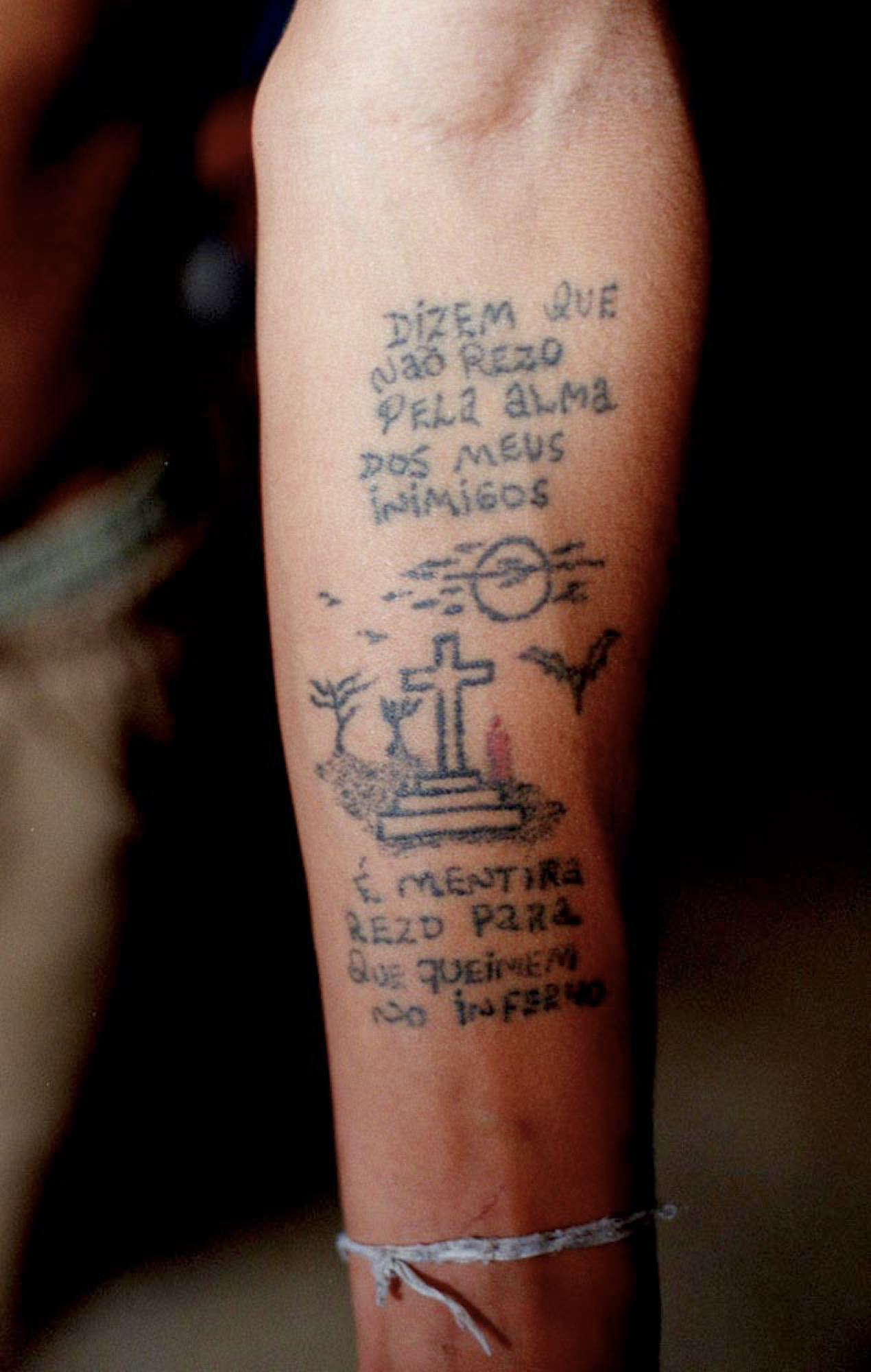
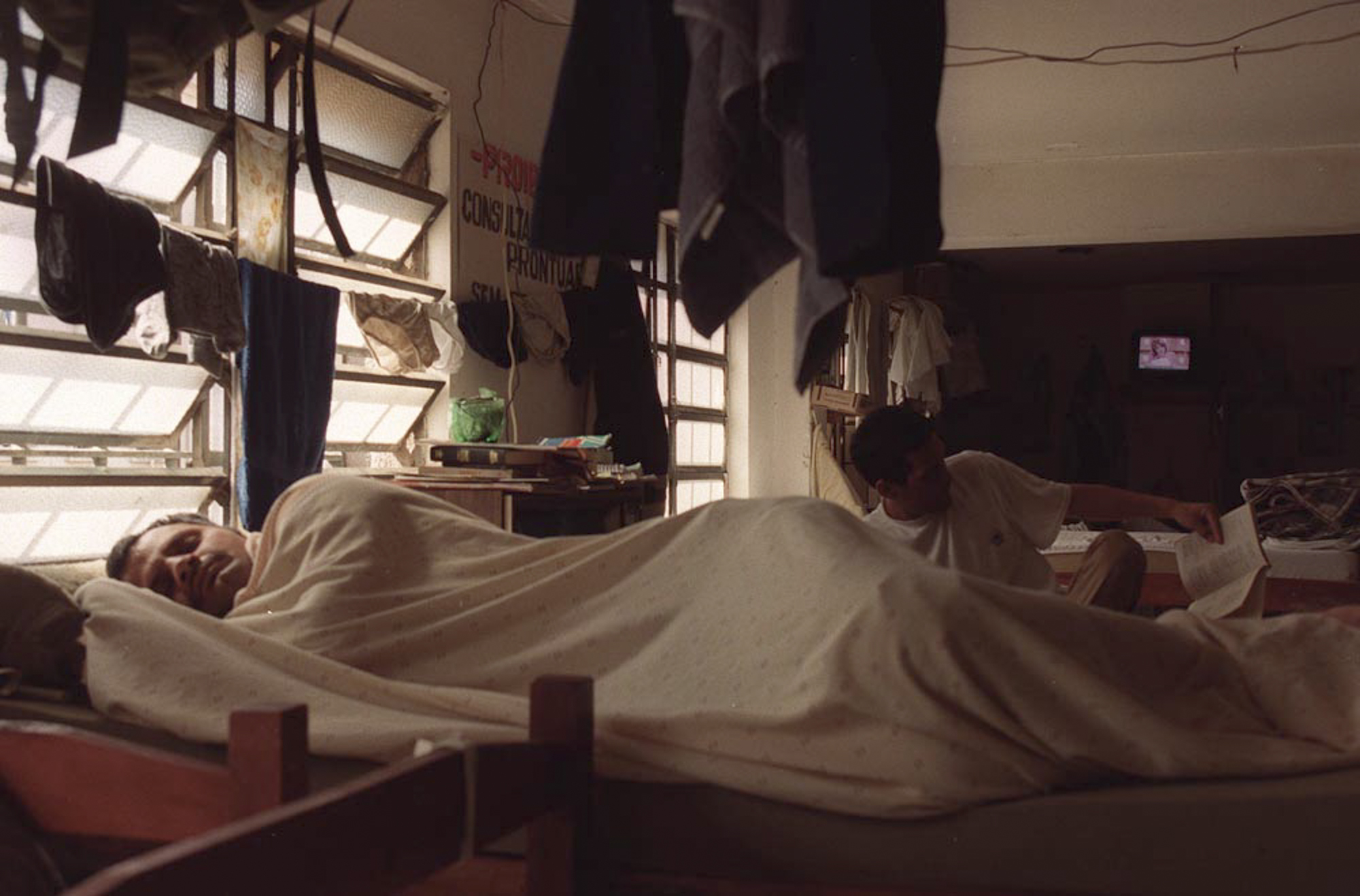
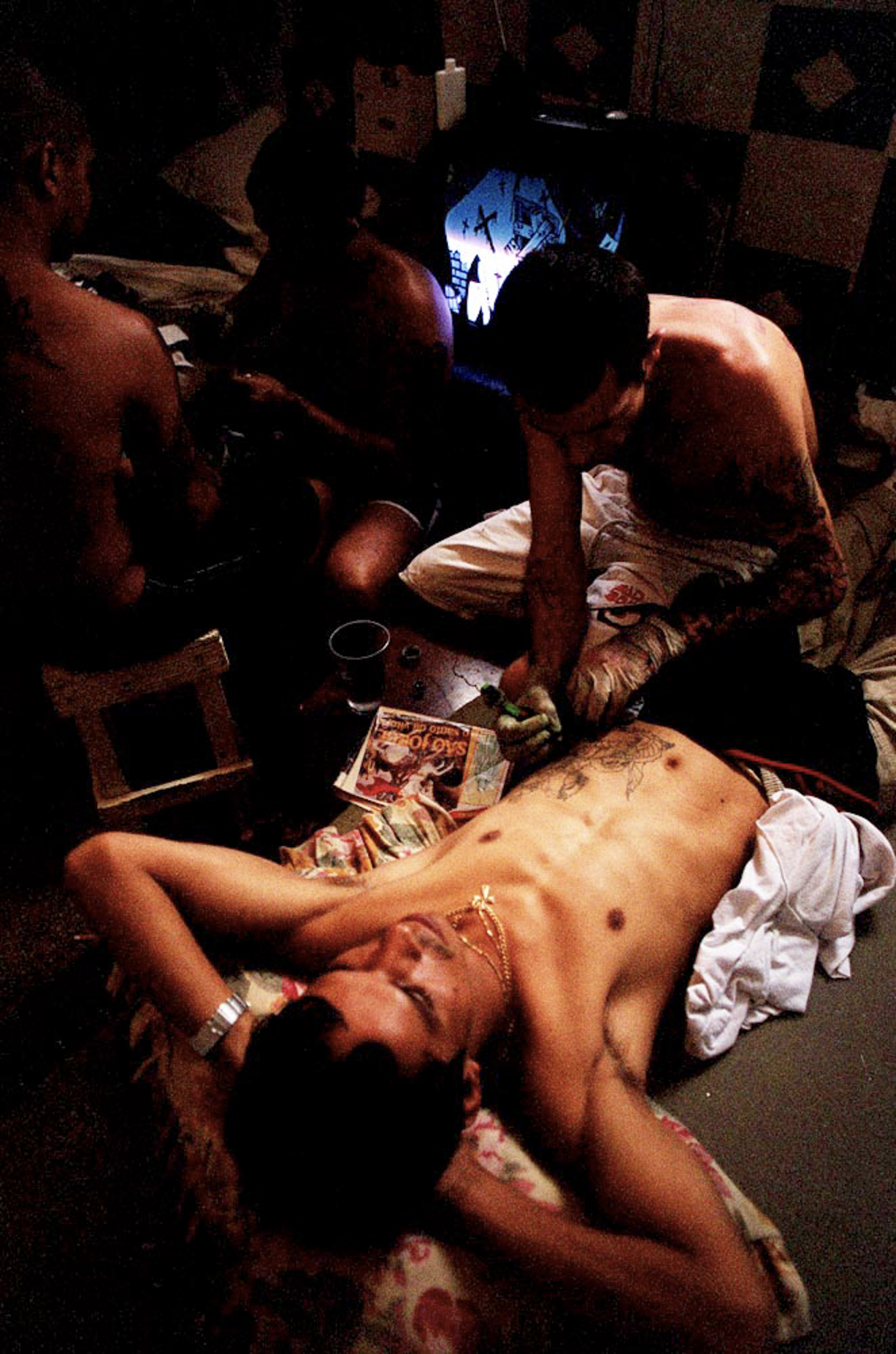

More
From VICE
-

Ricky Havlik/AEW -

MysteryVibe -

Screenshot: EA Sports BIG -

WWE
